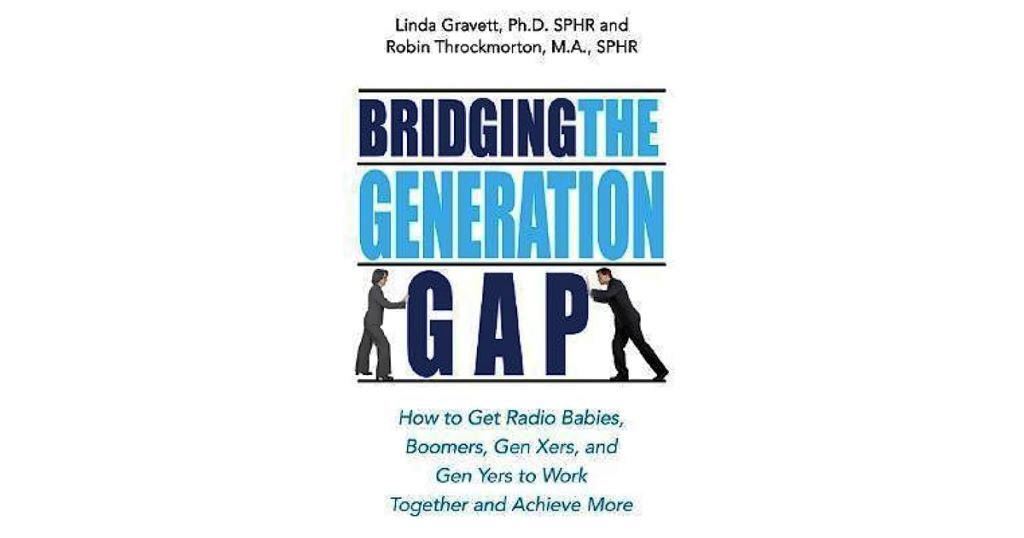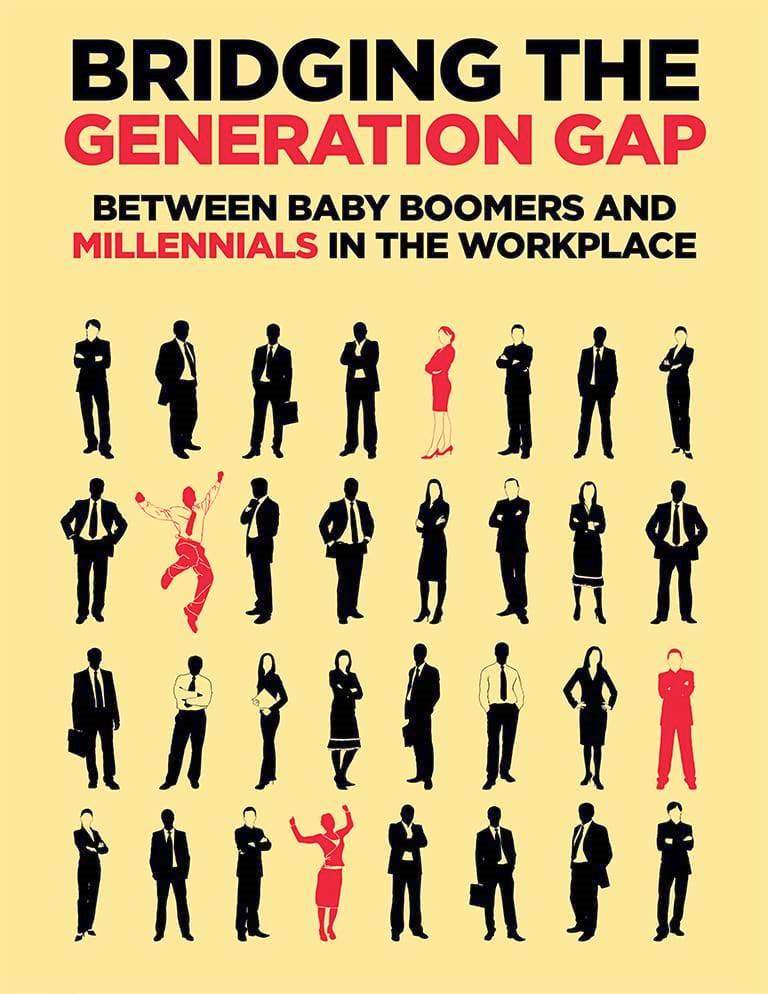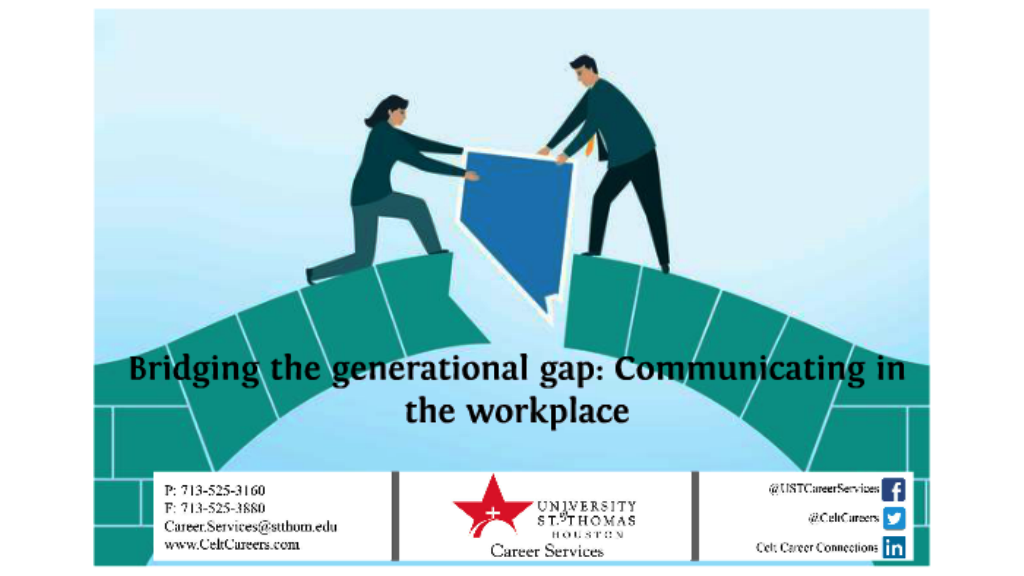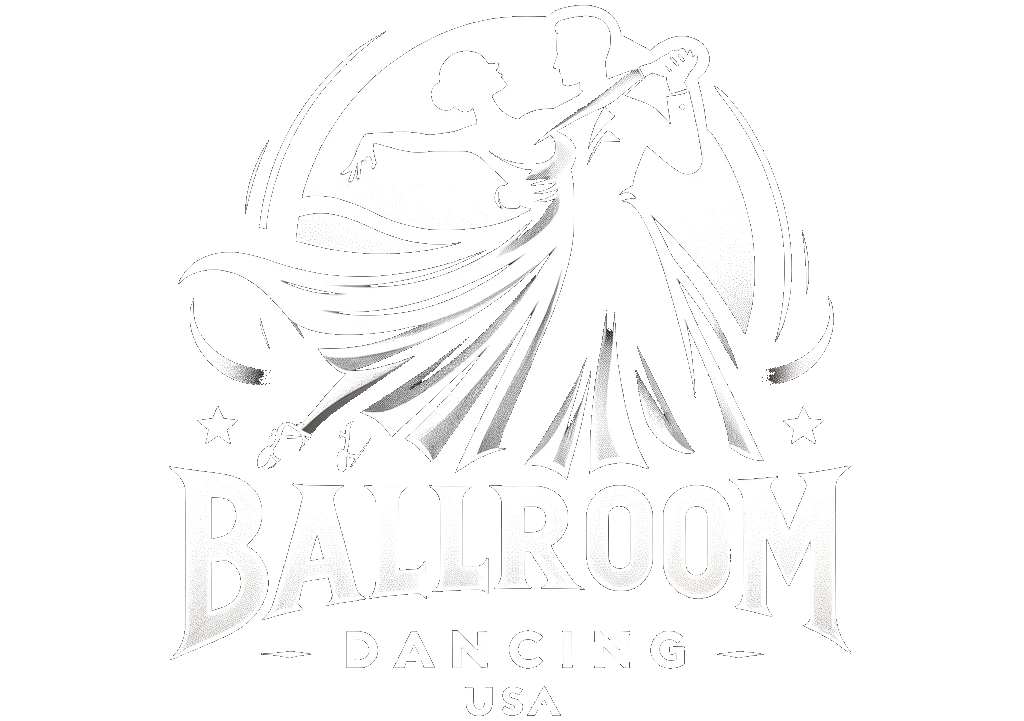
1. Introduction to Generational Connections in Ballroom Dance
Introduction to Generational Connections in Ballroom Dance
Ballroom dancing has been a beloved pastime in the United States for generations. From the grand ballrooms of the early 20th century to the rise of competitive ballroom dance in the 1980s, the history of ballroom dancing in the United States is a long and varied one.
Throughout its history, ballroom dance has been a way for people of all ages to come together and enjoy the beauty and grace of the art form. As the years have passed, the generations have come and gone, yet the connection between generations through ballroom dance remains.
The Power of Ballroom Dance
Ballroom dance has the power to bring together people of all ages, backgrounds, and abilities. It is a form of dance that is accessible to all, regardless of age or experience. It is a way for people to connect with each other, share their stories, and create lasting memories.
Ballroom dance offers a unique opportunity for generations to connect. It provides a platform for the exchange of ideas, experiences, and stories. It allows for the sharing of culture, music, and movement.
Bridging the Gap
Ballroom dance provides a unique opportunity for generations to come together and bridge the gap between them. It encourages the exchange of knowledge and understanding between generations. It is a way for people to connect, learn, and grow together.
The power of ballroom dance lies in its ability to bring together people of all ages and backgrounds. It is a way for generations to come together and share their love of the art form. Through ballroom dance, generations can come together and create lasting memories.
2. Exploring the History of Ballroom Dance
Exploring the History of Ballroom Dance
Ballroom dancing has a long and rich history in the United States. It has been a popular pastime for generations and has been embraced by people from all walks of life. The development of ballroom dancing in the United States can be traced back to the 18th century when it was first introduced to the country by European immigrants.
Early Beginnings
The earliest forms of ballroom dancing in the United States were primarily based on the dances of the British Isles. This included the minuet, the quadrille, and the waltz. In the late 19th century, the popularity of ballroom dancing began to spread beyond the upper classes and was embraced by the working classes as well.
The Rise of the American Ballroom Dance
In the early 20th century, American ballroom dance began to take shape. This new style was a combination of the traditional European dances and the emerging American popular dances such as the foxtrot, the jitterbug, and the Charleston. This new style of ballroom dance would become the foundation for the modern American ballroom dance.
The Modern American Ballroom Dance
Today, American ballroom dance is a vibrant and diverse form of dance that is enjoyed by people of all ages and backgrounds. The modern American ballroom dance is a combination of traditional ballroom dances, Latin dances, and modern popular dances such as hip-hop and jazz. It is a dynamic and ever-evolving form of dance that continues to be embraced by people from all walks of life.
3. Examining the Differences in Ballroom Dance Styles Across Generations
Examining the Differences in Ballroom Dance Styles Across Generations
Ballroom dancing has been a popular form of social entertainment for centuries, and its styles have evolved over time. While the core steps and techniques remain the same, the way the dances are performed, the music used, and the costumes worn have changed significantly over the generations. Here, we explore the differences between ballroom dance styles across generations.
The Early Years
The earliest forms of ballroom dancing in the USA were developed in the late 1800s and early 1900s. These styles included the waltz, polka, two-step, and the fox trot. These dances were typically performed in a more formal setting, with couples standing close together and performing intricate steps in time with the music. The costumes were usually more formal, with men wearing suits and women wearing floor-length gowns.
The Swing Era
The swing era of the 1920s and 1930s saw a shift in ballroom dancing styles. Dances such as the jitterbug, Lindy hop, and Charleston became popular, and were usually performed in a more energetic and improvisational style. The costumes became more casual and the music more upbeat.
The Modern Era
The modern era of ballroom dancing began in the 1950s and continues to this day. In this era, the focus has been on the development of more intricate steps and patterns, as well as the introduction of new styles such as the Cha-Cha, Rumba, and Salsa. The costumes have become more colorful and expressive, and the music has become more varied, incorporating elements from a variety of genres.
Overall, ballroom dancing has evolved significantly over the years. While the core steps and techniques remain the same, the styles, costumes, and music have changed significantly, creating a vibrant and ever-evolving art form.
4. How Technology is Connecting Generations of Ballroom Dancers
How Technology is Connecting Generations of Ballroom Dancers
The world of ballroom dancing is constantly evolving, and technology has played a major role in connecting generations of dancers. From online classes to virtual competitions, technology has enabled ballroom dancers of all ages to stay connected and continue to grow in their craft.
Online Classes and Tutorials
Online classes and tutorials have become incredibly popular in the ballroom dancing community. Many experienced dancers have taken to the internet to share their knowledge and skills with aspiring dancers. Through videos, tutorials, and interactive classes, dancers of all ages can learn the basics of ballroom dancing and hone their existing skills.
Social Media
Social media has also been a great way for dancers to stay connected. From Facebook to Instagram, dancers of all ages use these platforms to share their experiences, give advice, and find new partners. Social media has also become a great way for dancers to show off their talents and highlight their accomplishments.
Virtual Competitions
Virtual competitions have become increasingly popular in the ballroom dancing community. From virtual dance-offs to remote competitions, dancers of all ages can now compete from the comfort of their own homes. This has allowed dancers of all ages to compete with each other, no matter their location.
Conclusion
Technology has revolutionized the world of ballroom dancing, connecting generations of dancers. From online classes and tutorials to social media and virtual competitions, technology has allowed dancers of all ages to stay connected and continue to grow in their craft.
5. The Benefits of Sharing Dance Knowledge Across Generations
The Benefits of Sharing Dance Knowledge Across Generations
Ballroom dancing is a timeless art form that has been enjoyed by generations of people. Sharing dance knowledge across generations has a variety of benefits for both the young and old. As a result, ballroom dancing provides an opportunity for people of all ages to come together and learn from each other.
1. Strengthens Connections
Sharing dance knowledge across generations strengthens the bonds between young and old. This connection allows for a greater understanding of each other’s perspectives and experiences. As a result, it helps create a more harmonious relationship between the generations.
2. Encourages Respect
By learning from each other, both the young and old can gain a greater appreciation for the other’s experiences and knowledge. This encourages respect for each other’s opinions and ideas, which can help create an atmosphere of mutual understanding.
3. Develops New Skills
Sharing dance knowledge across generations helps both the young and old to develop new skills. The young can learn from the old, while the old can gain insight into new trends and techniques. This helps both the young and old to stay up to date with the latest ballroom dancing styles and techniques.
4. Enhances Socialization
By learning from each other, both the young and old can develop better social skills. This can help foster relationships between the generations, which can help create a more inclusive and supportive environment.
5. Increases Self-Confidence
Learning from each other can help both the young and old to gain a greater sense of self-confidence. As a result, it can help both the young and old to feel more comfortable in social situations and to be more confident in their own abilities.
6. Conclusion: How Ballroom Dance is Bridging the Gap
Conclusion: How Ballroom Dance is Bridging the Gap
Ballroom dance is a unique activity that brings together people of all ages and backgrounds. It is a great way to bridge the generational gap and to build relationships between people of different generations. From teaching the basics of the dance to providing a safe place to practice, ballroom dance offers something for everyone.
The beauty of ballroom dance lies in its ability to bring together people of all ages and backgrounds. Ballroom dance provides a great way for people of different generations to connect and learn from each other. It is a great way to build relationships and to learn from each other.
Ballroom dance is a great way to not only bridge the generational gap, but to also promote a sense of community and understanding. Through the practice of ballroom dance, people of different ages and backgrounds can come together and learn from each other.
The Benefits of Ballroom Dance
Ballroom dance provides many benefits to its participants. Not only does it provide a great way to bridge the generational gap, but it also provides a safe and fun environment to practice and learn. It is also a great way to stay active and get some exercise.
Ballroom dance is also a great way to learn about different cultures and customs. From the music to the different dance styles, ballroom dance can provide a great way for people of different backgrounds to learn about each other.
Conclusion
Ballroom dance is a great activity for people of all ages and backgrounds. It is a great way to bridge the generational gap and to build relationships between people of different generations. From teaching the basics of the dance to providing a safe place to practice, ballroom dance provides something for everyone. It is a great way to stay active, to learn about different cultures and customs, and to build relationships between people of different ages and backgrounds.





